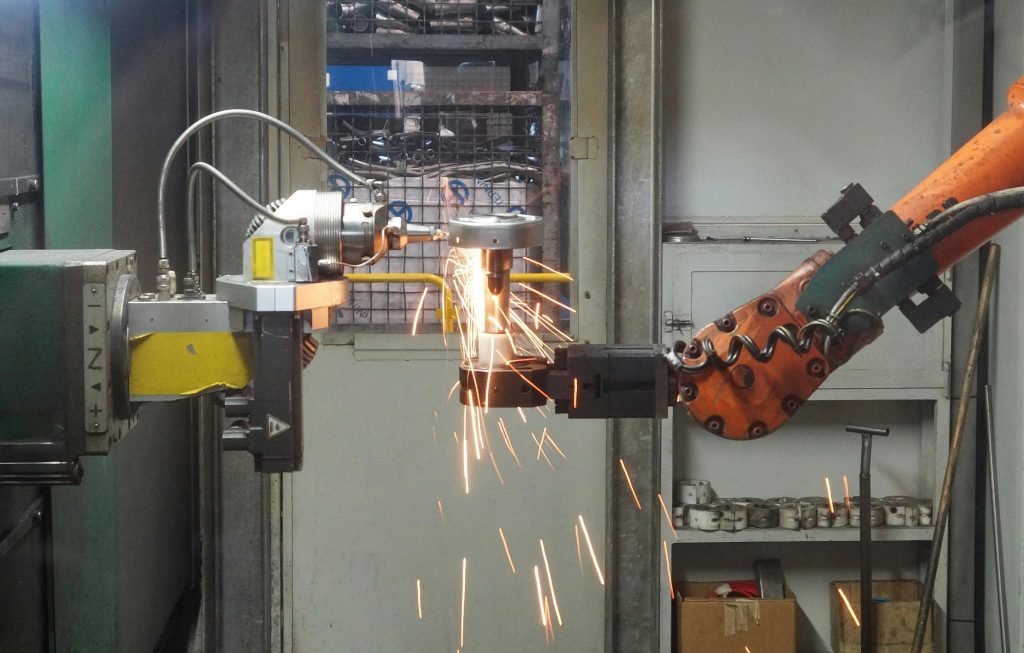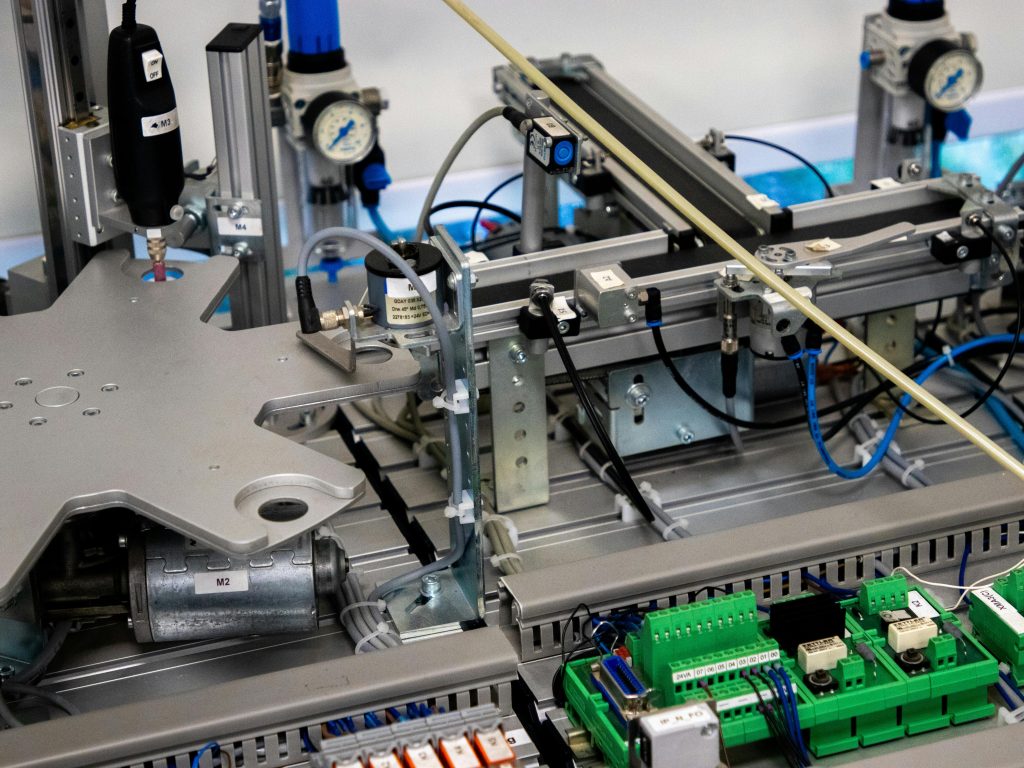In an era defined by rapid technological advancements, industries worldwide are embracing technology-driven solutions to optimize plant operations and enhance efficiency. From automation and artificial intelligence (AI) to the Internet of Things (IoT) and data analytics, these innovations are reshaping the industrial landscape. As global supply chains grow more complex, businesses are leveraging these tools to address challenges, improve performance, and stay competitive. This article explores how technology is transforming plant operations, the evolving landscape of global supply chains, and the future of industrial innovation.
The Evolving Landscape of Global Supply Chains
Global supply chains have become increasingly intricate, driven by globalization, rising consumer demands, and the need for faster delivery times. However, this complexity has also introduced challenges such as supply chain disruptions, resource shortages, and inefficiencies. The COVID-19 pandemic further exposed vulnerabilities, prompting businesses to rethink their strategies and adopt technologies that enhance resilience and agility.
Today, the focus is on creating smarter, more connected supply chains that can adapt to changing conditions. Technology-driven solutions are at the heart of this transformation, enabling businesses to streamline operations, reduce costs, and improve overall efficiency.
Technology-Driven Solutions for Efficient Plant Operations
- Automation and Robotics
Automation has become a cornerstone of modern plant operations. Robotic systems and automated machinery handle repetitive tasks with precision, reducing human error and increasing productivity. For example, robotic arms in assembly lines can perform tasks faster and more consistently than human workers, while autonomous guided vehicles (AGVs) streamline material handling processes.

IoT and Real-Time Monitoring
IoT-enabled sensors and devices are revolutionizing plant operations by providing real-time data on equipment performance, energy usage, and production rates. This data allows operators to monitor processes, identify inefficiencies, and make informed decisions. For instance, predictive maintenance systems use IoT data to detect potential equipment failures before they occur, minimizing downtime and repair costs.

Artificial Intelligence and Machine Learning
AI and machine learning are transforming plant operations by enabling advanced analytics and decision-making. These technologies analyze vast amounts of data to identify patterns, optimize processes, and predict outcomes. For example, AI-powered demand forecasting tools help businesses align production with market demand, reducing waste and improving resource allocation.
Digital Twins for Simulation and Optimization
Digital twins virtual replicas of physical assets are becoming essential for optimizing plant operations. These models simulate production processes, allowing businesses to test scenarios, identify bottlenecks, and implement improvements without disrupting actual workflows. Digital twins also support predictive maintenance and energy management, further enhancing efficiency.

Sustainability and Energy Efficiency
Technology-driven solutions are also helping industries achieve sustainability goals. Energy management systems analyze consumption patterns and suggest ways to reduce waste, while AI-powered tools optimize resource usage. By adopting these solutions, businesses can lower their environmental impact and operational costs simultaneously.
Approaches to Global Supply Chain Challenges
Enhancing Visibility and Transparency
One of the biggest challenges in global supply chains is the lack of visibility. Technology-driven solutions like IoT and blockchain provide end-to-end transparency, enabling businesses to track materials, monitor production, and manage inventory more effectively. This visibility reduces delays, minimizes errors, and improves overall efficiency.
Building Resilience Through Diversification
The pandemic highlighted the risks of over-reliance on single suppliers or regions. Businesses are now diversifying their supply chains by sourcing materials from multiple locations and adopting technologies that support agile operations. For example, cloud-based platforms enable real-time collaboration with suppliers and partners, ensuring continuity during disruptions.
Leveraging Data for Decision-Making
Data analytics is playing a crucial role in addressing supply chain challenges. By analyzing data from various sources, businesses can identify trends, predict disruptions, and make proactive decisions. For instance, AI-powered tools can forecast demand fluctuations and adjust production schedules accordingly.
The Future of Global Supply Chains: A Technology-Driven Approach
The future of global supply chains will be shaped by the continued adoption of advanced technologies. Here are some key trends to watch:
AI-Driven Supply Chain Optimization
AI will play an increasingly important role in optimizing supply chains. From demand forecasting to route optimization, AI-powered tools will enable businesses to make smarter decisions and improve efficiency.
Blockchain for Secure and Transparent Transactions
Blockchain technology will enhance transparency and security in supply chains by creating immutable records of transactions. This will reduce the risk of fraud, improve traceability, and build trust among stakeholders.
Collaborative Ecosystems
The future will see greater collaboration between suppliers, manufacturers, and distributors. Technology-driven platforms will facilitate data sharing and coordination, creating a more connected and responsive supply chain network.

Sustainable and Circular Supply Chains
As environmental concerns grow, businesses will prioritize sustainability. Technology-driven solutions will support the transition to circular supply chains, where resources are reused and recycled, reducing waste and environmental impact.
Conclusion
Technology-driven solutions are transforming plant operations and revolutionizing global supply chains. By embracing automation, IoT, AI, and other innovations, businesses can enhance efficiency, address challenges, and build resilient supply chains. As the industrial landscape continues to evolve, the adoption of these technologies will be critical for staying competitive and achieving long-term success. The future of global supply chains is undeniably technology-driven, and businesses that leverage these tools will be well-positioned to thrive in an increasingly complex and dynamic world.
References
- “The Role of IoT in Smart Manufacturing” – IoT Analytics
- “How AI is Revolutionizing Supply Chain Management” – Forbes
- “Blockchain in Supply Chain: Benefits and Use Cases” – Deloitte
- “Digital Twins: The Future of Industrial Automation” – McKinsey